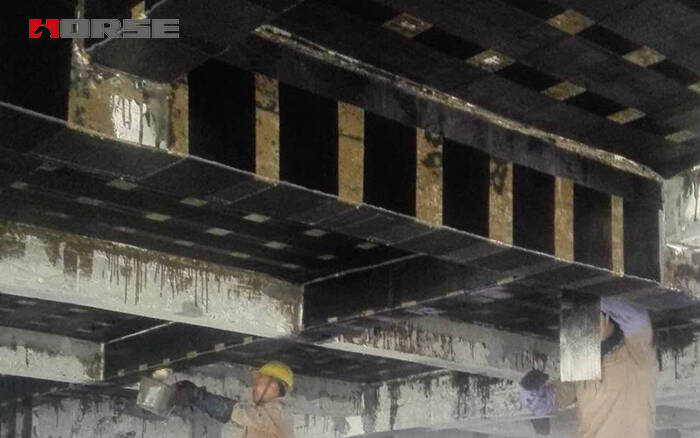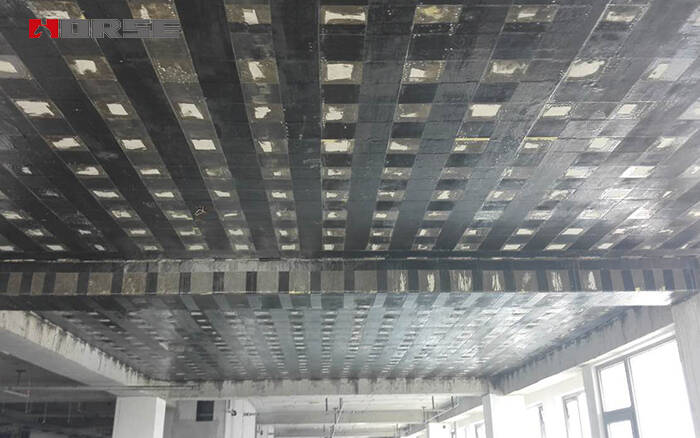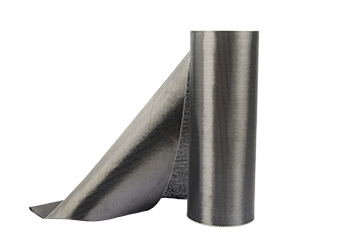Solutions
Horse Construction offers full range of structural strengthening materials with technical supports, documentation supports, products supports, project supports.
yes

Yes, Carbon Fiber Reinforced Polymers (CFRPs) can significantly improve a structure’s load-bearing capacity. Here’s how CFRPs achieve this:
High Strength-to-Weight Ratio: CFRPs have a very high tensile strength while being lightweight. When CFRP laminates or sheets are applied to a structure, they provide additional tensile strength that the original material (like concrete or steel) may lack.
Load Distribution: CFRPs help distribute the applied loads more effectively across the structure. This is especially important in reinforcing elements that are under tension, such as beams or columns.
Shear and Flexural Strength: CFRPs can be used to increase both the shear and flexural strength of structural elements. For example, CFRP wraps around concrete columns can enhance their load-bearing capacity by improving their resistance to shear forces and bending moments.
Flexibility in Application: CFRPs can be applied to a variety of structural components, including beams, columns, slabs, and bridges, tailored to address specific weaknesses or load requirements.
Crack Control: CFRPs can help control and limit the growth of cracks in concrete structures. By reinforcing the surface, CFRPs can help maintain structural integrity and prevent further damage under stress.
Increased Load-Carrying Capacity: By providing additional strength and stiffness, CFRPs enable structures to carry greater loads than they were originally designed for, accommodating increased demands or changes in usage.

Concrete Beams and Slabs: CFRP strips or sheets can be bonded to the tensile side of concrete beams or slabs to improve their load-carrying capacity and reduce deflection.
Steel Structures: CFRPs can be used to wrap steel columns or beams, enhancing their load-bearing capacity and providing additional protection against corrosion.
Bridges and Infrastructure: CFRP strengthening is often used for bridges and other infrastructure to address deficiencies and extend their service life, allowing them to handle increased traffic loads or environmental stresses.
Durability and Maintenance: CFRP-reinforced structures generally require less maintenance and have longer service lives due to the corrosion resistance of CFRPs and the enhanced structural performance.
Non-Intrusive Application: CFRP applications are often less disruptive than other strengthening methods, as they can be applied to existing structures with minimal impact on their use.
Overall, CFRPs are highly effective for enhancing the load-bearing capacity of structures, providing a strong, lightweight reinforcement that helps extend the life and performance of various structural elements.
You can find anything here you are in need of, have a trust trying on these products, you will find the big difference after that.

High strength, unidirectional carbon fiber wrap pre-saturated to form a carbon fiber reinforced polymer (CFRP) wrap used to strengthen structural concrete elements.

High strength carbon fiber reinforced polymer (CFRP) strip / laminate / plate for structural strengthening and concrete repair

High strength, unidirectional carbon fiber fabric pre-saturated to form a carbon fiber reinforced polymer (CFRP) fabric used to strengthen structural concrete elements.